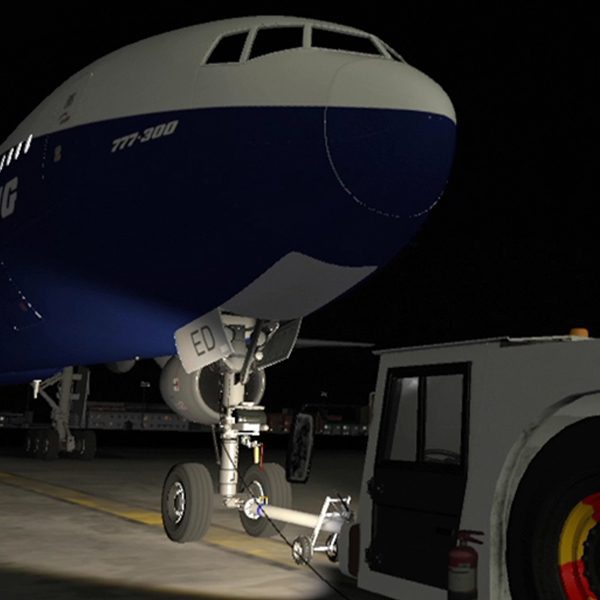
VR Training Solutions
Running L&D programmes can be hard. It’s difficult to engage learners, measure the impact of your training and ensure they retain the information. It becomes even harder if you’re attempting to teach in high-risk locations or scenarios.
Virtual reality is a powerful teaching tool for employees. It provides the opportunity to engage with practical training in an environment where learners can learn skills faster, retain more knowledge and increase productivity without distractions or risk factors associated with real-life environments.
A recent report by PWC found that learners were four times faster to train on VR and 3.75 times more emotionally connected to content than in the classroom. In their survey learners were 275% more confident to apply skills learned after training and four times more focused than their e-learning peers.
Replicating dangerous work environments makes VR training an attractive proposition, as it provides a safe space to learn high risk skills. From the defence and aerospace industries, to the oil & gas sectors, VR has been used to simulate potentially fatal scenarios without compromising safety.
Key benefits of VR training
- Improved learning and performance
- Making the impossible possible
- Speeding up the learning process
- Reducing costs
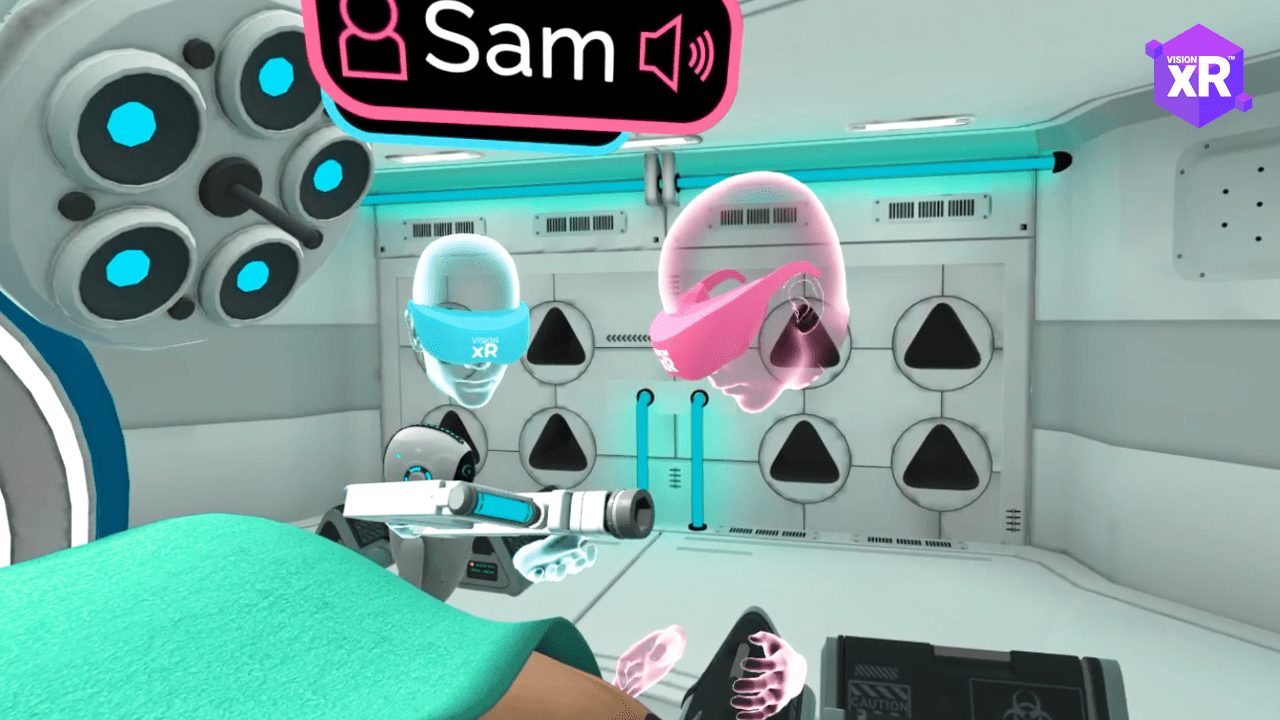
VR Training consistently provides positive return on investment
Improved learning and performance
The 70/20/10 model for learning and development highlights that people learn from job-related experiences, as 70% of what people learn is experiential, compared with 20% learned from others and 10% through formal learning.
The power of virtual reality lies in its potential for creating a realistic space where learners can get hands-on experience that focuses on specific work-related tasks. Crucially, it allows them to make mistakes, get instant feedback through performance related metrics and easily repeat exercises numerous times to quickly improve proficiency.

Making the impossible, possible
For many sectors, such as defence, oil & gas, aviation, manufacturing and healthcare, learning on-the-job is just not viable. Hostile working environments, non-stop production lines and learning life-saving procedures makes practical training far too high risk or operationally impossible. The ability to simulate real-world challenges means we can reduce the time to high-level competency and create a well trained workforce in a number of high-risk training scenarios that they might not otherwise experience until they presented themselves in real-life with a much higher risk to the member of staff being able to respond safely.
In these instances, VR can replicate hazardous scenarios in a safe, but realistic learning environment to practice highly skilled and risky tasks. Learners can effectively and efficiently hone their skills by failing, learning from their mistakes and repeating exercises. Additionally, learners can work more confidently, mitigating costly mistakes and making workplaces safer.

Speeding up the learning process
In business, time is money. Training employees quickly and efficiently contributes to increased company productivity – and fully immersive training experiences give learners the chance to learn new skills faster – and retain that knowledge. Virtual reality also creates a distraction-free environment – allowing learners to learn smarter and faster.
Reducing costs
The long-term cost benefits of introducing VR training make good business. The initial necessary investment in hardware is outweighed by both direct and indirect savings. Once your course is developed, costs of rolling it out at scale are minimised, as it removes the need to hold repeat courses and the incurred fees for trainers.
Furthermore, there are also tangible indirect cost savings from minimising downtime and removing the need to halt production, through to increasing productivity by having better trained and proficient employees.
Our Work
On behalf of IATA, we built RAMPVR™, the aviation industry’s first VR training platform for ground operations.
RAMPVR™ has been integrated into IATA’s training programme, complementing classroom based learning and it is fully compliant with IATA standards. It has built-in metrics to monitor and track each trainee’s performance which is fed into their overall training records.


